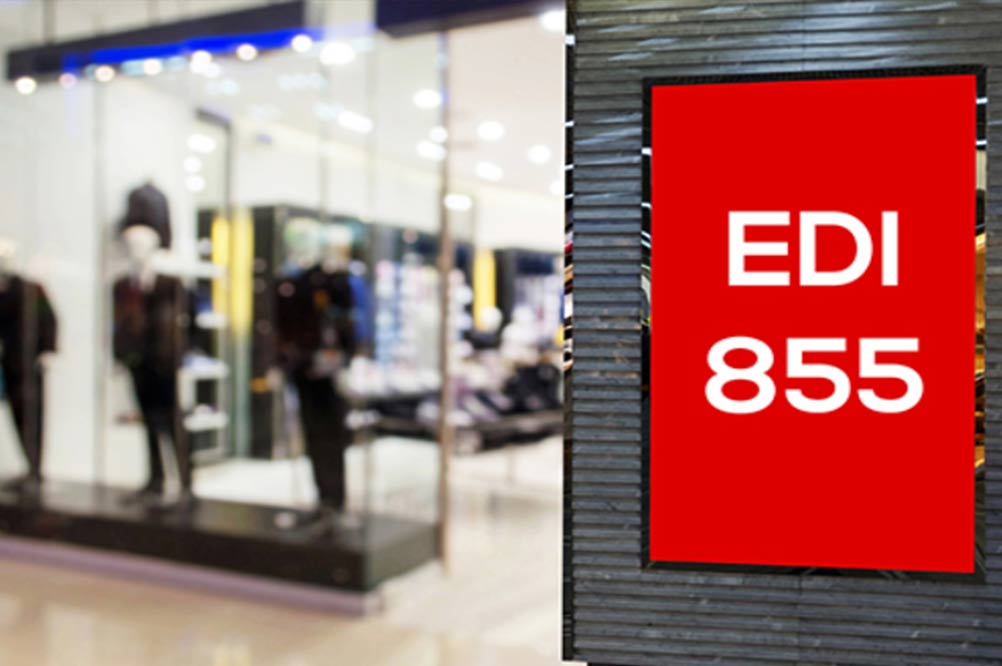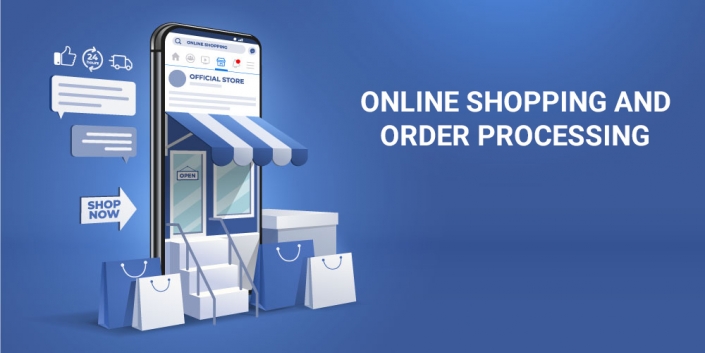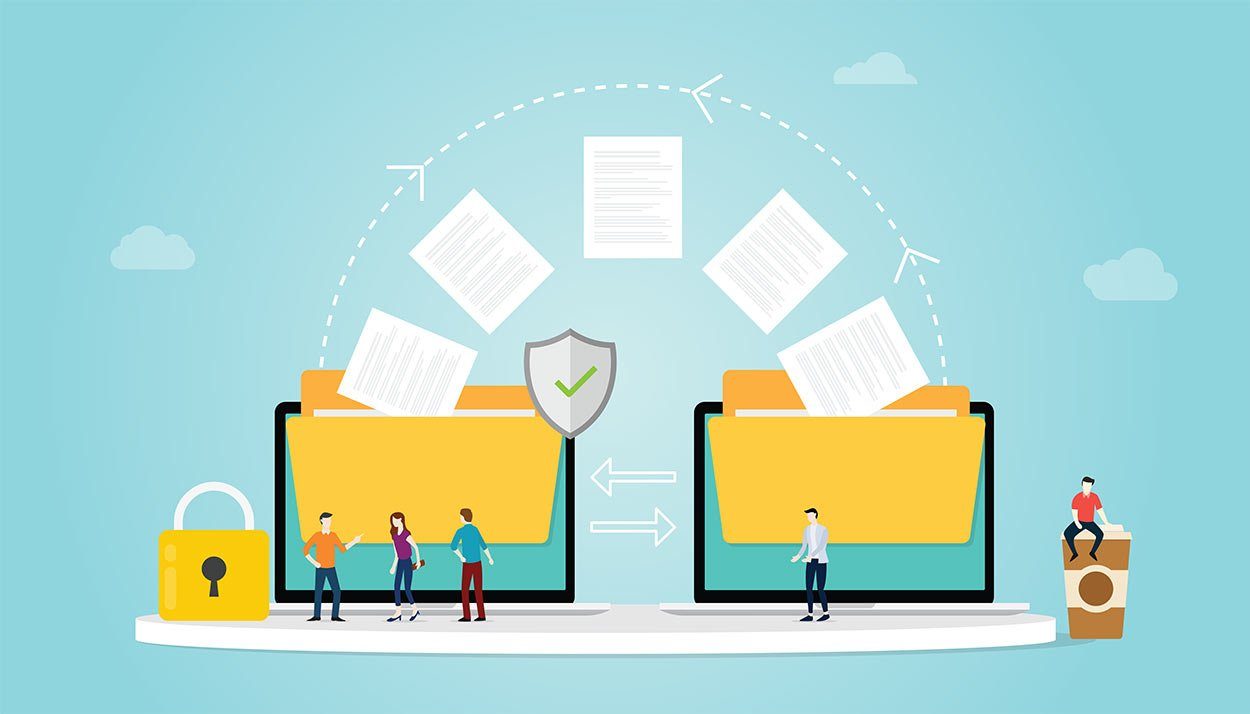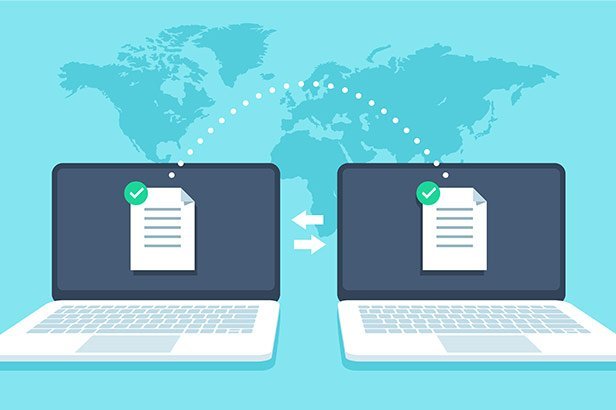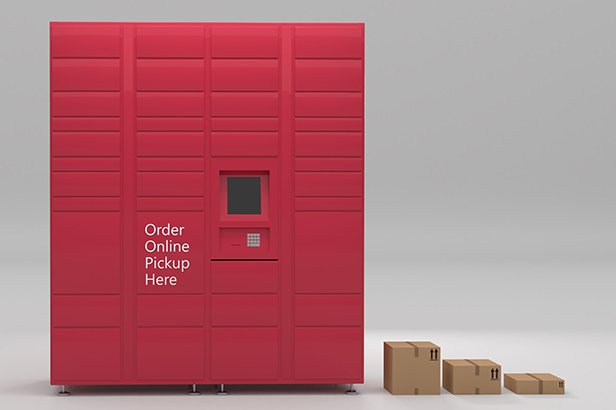eZCom Software Blog
EDI pro tips, essential guides, expert advice - eZCom Software
As more retailers offer direct-to-consumer shipping for items listed on their websites, they are shifting the warehousing and fulfillment responsibilities to suppliers. At the same time, brands want to keep the space reserved for distribution to a minimum—more warehouse square footage means more costs. Getting Just-in-Time Inventory right can be demanding, and requires knowledgeable, experienced technology partners…
Retailers and brands alike are under ever-increasing pressure to provide a seamless customer experience when shoppers buy online. Stores carry less inventory and expect their suppliers to be equipped to ship directly to consumers in an efficient way. Not to mention quickly. To capitalize on the opportunities online sales create, it’s important to know how to handle fulfillment in less time and without errors. Companies that want to enjoy growth through direct-to-consumer orders should know these four keys to efficient dropshipping…
The EDI 855 (Purchase Order Acknowledgement) is a key element of compliance for many retail trading partners. Often, suppliers are expected to send it back almost immediately, and an inability to do that will create issues that damage the business relationship. Staying compliant with the EDI 855 standards of your trading partners can be demanding, but an EDI provider that automates the process and creates a solution for your workflow will meet the challenge…
We understand you have multiple options when deciding how to exchange EDI documents with your retail trading partners. And those choices only grow when you begin to process orders from multiple channels, including eCommerce stores and online platforms. It’s why we work so hard to be a provider that stands out from the rest. So, why choose Lingo for EDI and order processing needs?…
The rise of eCommerce is both an opportunity and a challenge for brands and suppliers…
Obviously, an efficient warehouse is critical for a seamless supply chain, and the technology that powers operations is a Warehouse Management System (WMS). This kind of software application handles day-to-day operations and provides accurate, real-time tracking of inventory levels. Picking items, receiving shipments, establishing locations of stock—these are some of the tasks that are easier and faster with a robust WMS. But to make a supply chain even stronger and more efficient, consider connecting Electronic Data Interchange (EDI) software with your WMS…
Three Ways to Spend Less Time on EDI What's the biggest complaint people have about EDI? It takes too long. And yes, it can be incredibly time-consuming. It can also be monotonous, leading to mistakes that take additional hours to resolve. The good news is that it doesn't have to be that way. Here are three ways to spend less time on EDI…
As a supplier, it's not uncommon to end up working with multiple EDI providers as your company grows. When new trading partners are added, it's easy to default to using the EDI provider that is either recommended by a specific retailer or used for pre-production testing. But it's not always the best choice—there are many benefits derived from working on a single software platform, and at least five reasons to use one EDI provider for all your accounts…
Accumulating data from orders is easy. The challenge? Transforming all that information into a format that makes it easy for your business to move, manage, and work with it. But the process doesn't have to be difficult: here are five ways to process data for order fulfillment…
Amazon starts with the customer experience. And works backwards. That's what makes the Amazon supply chain successful…



